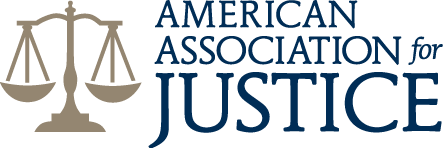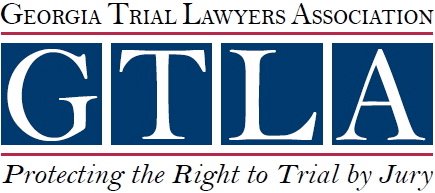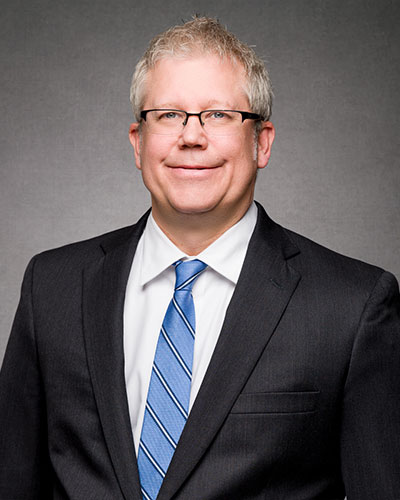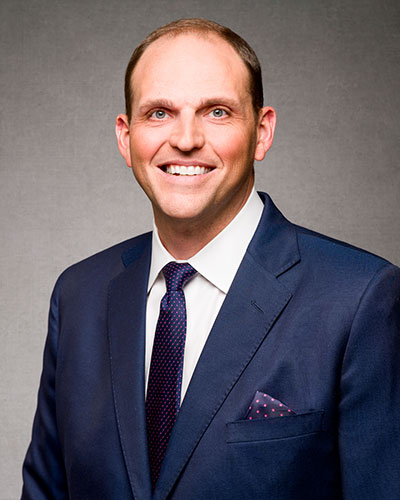In Georgia, slip and fall claims require strong evidence to help people injured in accidents get the support they need. Many accidents occur in places like stores, restaurants, sidewalks, and other public areas where conditions may cause someone to slip and fall. Injuries from these incidents can range from mild bruises to serious head, neck, or back injuries. If an accident happens, documenting what took place becomes very important. The evidence collected can help prove what caused the fall and how serious the injuries are.




Gathering evidence right after a fall, while things are still fresh, makes a difference in a claim. From taking photos to gathering witness statements, every bit of information helps build a strong case. Evidence doesn’t only show that the accident happened, it can also help show if the property owner was at fault. This guide goes over key steps in documenting evidence after a slip and fall accident in Georgia. It explains why each piece of evidence matters and what someone can do to make their case as strong as possible. At, Princenthal, May & Wilson, LLC, we are here to guide you through the legal process and help you navigate the complexities of your case.
Understanding Slip and Fall Claims in Georgia
In Georgia, property owners have a responsibility to keep their premises safe. This includes fixing any hazardous conditions that may cause harm. When an owner does not maintain their property and someone gets hurt, the injured person may have the right to file a slip and fall claim. A slip and fall claim seeks compensation for damages like medical bills, lost wages, and pain and suffering.
However, proving fault in a slip and fall claim can be challenging. The injured person must show that the property owner was aware of or should have known about the dangerous condition. This is why evidence becomes a vital part of the process. Without solid evidence, it may be difficult to hold the property owner accountable. In a Georgia slip and fall case, the injured person’s responsibility includes showing how the accident happened, what caused it, and how it affected their life.
Photographic Evidence
Taking photographs after a slip and fall accident is one of the first steps to document evidence. Pictures capture the scene exactly as it was at the time of the accident. Photos of the area where the fall happened, any hazardous condition present, and any visible injuries are all very helpful. If there was a spilled liquid, broken tile, loose rug, or anything else that contributed to the fall, taking close-up pictures helps provide a clear picture of what caused the accident.
Photos of injuries like bruises, cuts, or swelling can help show the impact of the fall. These images offer a visual record of harm done that may not be as visible later on. If injuries worsen over time, taking additional pictures can show how they have developed. It’s essential to take these photos as soon as possible, as conditions may change quickly. The property owner may clean up spills or fix hazards after the accident, so photos taken right away will preserve the exact conditions that caused the fall.
Obtaining Medical Records
Seeing a doctor after a slip and fall accident is important, even if injuries seem minor at first. A doctor’s evaluation provides a record of any injuries, no matter how big or small. Medical records are some of the most important evidence in a slip and fall case because they show the full extent of injuries and connect them to the accident. These records detail the type of injury, the treatment needed, and any future medical needs, like physical therapy.
Medical records also help show how the injury has impacted a person’s daily life, including pain, loss of mobility, or inability to perform daily activities. Without these records, proving that injuries were related to the accident may be more challenging. Following up with doctors as needed is also important, as ongoing records help show the lasting effects of the injury.
Witness Statements
In any slip and fall accident, witnesses who saw the event happen or observed the conditions afterward can provide strong support in a claim. If there were bystanders or employees around at the time of the accident, getting their contact information and statements is helpful. Witnesses can give a neutral account of what took place, confirming details about the hazardous conditions that caused the fall.
Witnesses may also have seen the property owner or employees before or after the accident, which could show if they were aware of the dangerous condition. Statements from witnesses can be recorded in writing, on video, or through a phone recording, as long as it’s done with their permission. The sooner these statements are collected, the better, as memories of the event can fade over time. Witnesses can provide credibility to the claim, showing that the injuries were caused by a hazardous condition on the property.
Incident Reports
If a slip and fall accident happens in a business, like a store or restaurant, the business may have a process for filing an incident report. Filing this report helps ensure that the incident is officially recorded with the property owner. In some cases, the property owner may provide a copy of this report to the injured person. It is a good idea to ask for a copy and keep it as part of the case documentation.
An incident report typically includes details like the time, date, location of the fall, and any witnesses. If the injured person needed immediate medical help, this may also be noted in the report. Having an official record of the accident from the business’s point of view can help support the claim. The report can also help avoid any claims that the accident didn’t happen or that it wasn’t serious.
Security Camera Footage
Many public places, businesses, and residential areas use security cameras that record activities on the property. If a camera captured the slip and fall accident, this footage could be extremely helpful evidence. Camera footage shows exactly what happened, offering a clear view of the conditions before, during, and after the accident.
If security cameras were present, the injured person or their attorney should request this footage as soon as possible. Security recordings are often erased or taped over after a certain period, so acting quickly is important. Video evidence can help prove that the fall was caused by a hazardous condition, especially if it shows the hazard in detail or the lack of warning signs around it. Video footage is valuable because it’s hard for others to dispute.
Proving Negligence in Slip and Fall Cases
To win a slip and fall case, it is necessary to show that the property owner was negligent. Negligence means that the owner did not take reasonable steps to keep their property safe. In Georgia, this means showing that the owner knew or should have known about the dangerous condition. Evidence like photographs, witness statements, medical records, and video footage helps build a case of negligence.
If there is no direct evidence showing that the owner knew about the hazard, circumstantial evidence might still help. For instance, if a spill was present long enough for someone to reasonably see and clean it, this could indicate negligence. By collecting enough evidence, the injured person can show that the fall was not just an accident, but a result of the property owner’s failure to maintain safe conditions.
Hiring a Personal Injury Attorney How Long Will a Personal Injury Case Take?Related Videos
The Role of an Attorney in Documenting Evidence
While collecting evidence may seem straightforward, an attorney can help make the process easier and more effective. An attorney experienced in Georgia slip and fall claims can ensure that no important details are overlooked. They know what kind of evidence is most likely to help in court and can assist in gathering it in the proper way. From sending requests for security footage to communicating with witnesses, an attorney helps handle the steps that build a strong claim.
Attorneys can also represent the injured person in negotiations with the property owner’s insurance company. Insurance companies often try to reduce their payments by disputing claims, but strong evidence helps show that the injuries were real and that they were caused by the property owner’s negligence. With legal guidance, injured people can focus on recovery while their attorney gathers the evidence needed to make their case.
Why Time Matters in Slip and Fall Claims
In Georgia, slip and fall claims must be filed within a certain time frame. This time limit, known as the statute of limitations, is typically two years from the date of the accident. Waiting too long to file may result in losing the right to compensation. Collecting evidence immediately after a slip and fall helps ensure that it is ready and available if the case goes to court.
Evidence like security footage, witness statements, and even the memory of the accident fade with time. By acting quickly, injured individuals help preserve their right to pursue a claim with all necessary proof in hand. Working with an attorney can also help avoid missing deadlines and ensure that evidence is properly documented for use in the claim.
Representative Cases
Slip and fall accidents can change a person’s life in many ways, causing physical pain, emotional stress, and financial hardship. Having the right evidence is a critical part of making sure that justice is served and that victims receive fair compensation. From photos and witness statements to medical records and security footage, every detail can make a difference in proving a claim. Acting promptly and gathering as much evidence as possible gives injured individuals the best chance of success in their case.
If you or a loved one have been injured in a slip and fall accident in Georgia, reach out to Princenthal, May & Wilson, LLC. Our team is here to help you gather the necessary evidence, understand your rights, and fight for the compensation you deserve. We are committed to helping you through each step of the process. Contact us today to discuss your slip and fall claim and take the first step toward a better future.





